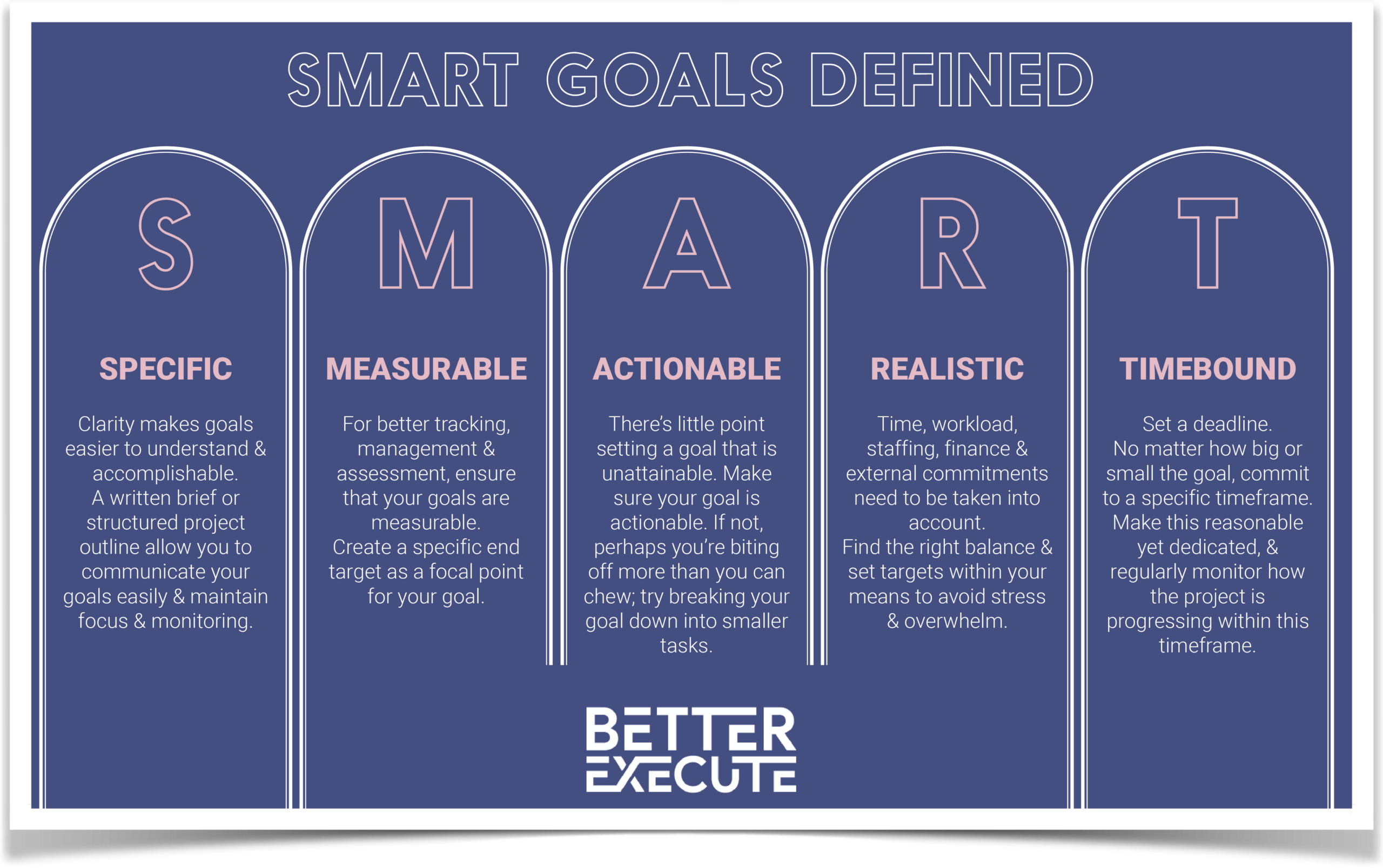Practical Company Planning & Management Coaching
1 of the 5 Required Disciplines for Managing Your Business
Company Planning, like many fundamental business strategies, often gets a bad rap. Why? Because it is often done poorly, with even worse follow-through. This article focuses on a PRACTICAL Company Planning strategy you can easily implement.
If you find it hard to make improvements in your business, you’re not alone. One common reason for such difficulties is that you often initiate random business strategies that, while they may be valid, do not come in a logical order. It helps to receive information in sequential order, where one concept or strategy should be implemented first, then the next, and so on. This allows you to develop a methodology that can mature with clarity and comprehension, rather than trying to make sense of a scattered array of non-cohesive strategies that do not support one another.
In this article, we provide the five required disciplines all companies need to maintain in order to run effectively. Each week, we will delve into one of these strategies, though all five will remain visible in each article; this will allow you to keep an eye on the macro strategy while we further explore each of them in subsequent articles.
The good news is that, in order to effectively manage a company, there are only five core disciplines. When these are effectively implemented, they support the overall company needs as well as highlighting problem areas until the issues are resolved.
The five disciplines are:
#1 – Practical Company Planning
#2 – Using an Accountability Chart
#3 – Effective Management Meetings
#4 – Monitoring a Simple Company Scorecard
#5 – Strong Financial Control
We are going to focus on the first – The Discipline of Practical Company Planning – in this article, developing the remaining four in the coming weeks.
What Is Involved in a Practical Company Planning Process?
Most companies do not have a practical and actionable business plan. If one exists, it is often not reviewed frequently nor is it shared regularly with the entire company. Planning is not just a formality for big, successful businesses; it has been repeatedly proven to be a critical discipline for success for small-to-medium businesses (SMBs). As is often the case, when people endure a series of bad experiences related to a topic like Company Planning, they tend to discard the strategy rather than placing blame on the actual problem. In this case, the problem is the quality of execution of the Company Planning strategy – not the strategy itself.
The following are the typical attributes that need to be included in an effective company planning process, and they need to be implemented in the following order:
Step #1 – Ensuring alignment between key stakeholders (owners/directors/managers)
The first step in company planning is to ensure that the owners and top managers are all on the same page. Often, there are verbal ‘understandings’ between owners, directors, and managers that, in actuality, are not clear – especially as time goes by. In our business coaching process, we often discover issues between stakeholders in the form of unclear agreements or differing beliefs of what things mean. A key part of an effective company planning process is that it ensures the people at the top remain fully aligned on where the company is headed and the actions required to get there, before looking to guide the rest of the organisation.
Step #2 – Clarity on company declarations, its short- and long-term goals and a clear plan of action
By finding compelling answers as to what the company stands for, where it is going, and how it is going to get there, the organisation is better equipped to rally its employees and customers around the plan. There needs to be a clear thread of reason for how the company’s long-term goals and vision relate to this quarter’s (and even week’s) activities. With this Company Planning in place, the team can see the company’s vision, purpose and mission, and that what they do today will have a direct impact on the company’s position in five or 10 years.
Step #3 – Circulate the simple strategic plan with others consistently
Beyond documenting a thoughtful and straightforward one- or two-page plan, your strategic plan needs to be continuously reiterated and used consistently as a reference when making decisions on the company’s ongoing progress.
Although we often help companies develop this concise company planning document, we always need to push for the plan’s continued circulation and reinforcement throughout the company. This process of sharing and referencing the company plan nearly always requires coaching and accountability. It is said that someone needs to hear a statement seven times before the idea sinks in; this is definitely the case for employees understanding their company’s direction.
Implementing the 3-Step Company Planning Process
There is a reason we refer to these activities as ‘Disciplines‘: they require ongoing effort and monitoring. When left unmanaged, things unravel quickly, but when teams begin to become clear on where their company is going and why, great amounts of progress and momentum can be expected.
How is your company’s planning considered a discipline? An early issue is often having a clear process to follow to obtain the necessary attributes of an initial plan. We find that leaders and their management teams benefit greatly from some outside facilitation on these concepts and desired outcomes. Filling out a questionnaire on a company’s purpose, mission, or vision rarely results in something inspiring and meaningful. Often, a third-party facilitator (i.e: an experienced business coach) can elicit the desired results from team members who know what they want but struggle to articulate it clearly.
In reviewing this strategy and process for planning, if you feel your company is in good shape, I want to be the first to compliment you on your efforts. Getting this right isn’t that easy or commonly achieved. If you feel your company needs some more discipline in the area of clear and practical planning, simply contact us here; we can figure out a plan that works for you. Use our 20-question self-audit to further clarify what you most want to improve with your company.
Next week, we will dig into the second key discipline: Effective Meeting Management. This covers why and how it is critical to get your meetings right. Enjoy the process!








